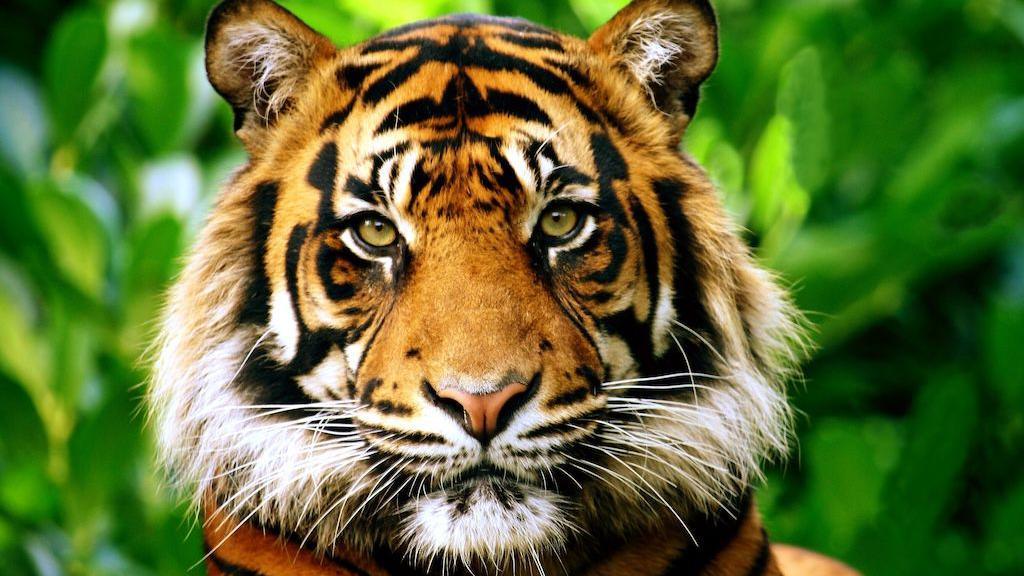How conservationists are successfully returning tigers to the wild

Two tigers - Boris and Svetlaya - reunited in the wild and have now had cubs!
- Published
Tigers have been successfully reintroduced to a part of Russia where they have been "virtually absent" for more than 50 years.
The project took place over nine years in the Pri-Amur region of Russia.
Orphaned cubs were rescued from the wild, carefully raised by conservationists and then successfully released.
Experts say the development "paves the way" for more reintroductions of tigers and other big cats in the future.
More terrific tiger news!
Wild tiger numbers up 40% than previously thought
- Published26 July 2022
Four rare Siberian tiger cubs born in China
- Published14 June 2022
Tiger with broken tooth takes a trip to the dentist
- Published12 March 2024

Boris was rescued from the wild as a cub
How has the tiger population been restored?
The study was a collaboration between multiple countries and organisations, including the Russian Academy of Sciences, the Russian Geographical Society and the Wildlife Conservation Society in New York.
It followed six tiger cubs who were found as orphans in the forests of the Sikhote-Alin Mountains of Russia.
The cubs lived in a special enclosure where human contact was kept to a minimum.
When they were old enough, they were offered live prey to learn how to hunt.
Then, when they were at least 18 months old, they were released back into the Pri-Amur region of Russia.

The study collected data on how successfully the cubs were hunting prey through GPS collars.
It found they were just as good at hunting as wild tigers.
Dale Miquelle, who is lead author of the study, said, "This success demonstrates that tigers with proper isolation from humans and provided the opportunity to learn to hunt, can be successfully re-released into the wild."
The released tigers have had six litters of no less than 12 cubs - so the population is growing again.
A similar project is now underway trying to reintroduce tigers in China.

The work of these conservationists has been a roaring success!
Why is this tiger study so important?
There are around 4,500 tigers scattered across 63 places in the wild. They exist in only 8% of the areas where they previously lived.
Much of their original habitat has been lost to human development.
Another study by WCS scientists found that there's over 700,000 km2 of "empty" habitat that is suitable for tigers across Asia.
Until now conservationists have been unsure how to bring them back, as tigers in zoos don't have the survival skills to live in the wild.
The study shows that conservations are able to rear cubs in semi-captive conditions to prepare them for a free life in the great outdoors.
More wonderful wildlife stories
- Published10 December 2024

- Published9 December 2024

- Published10 December 2024

